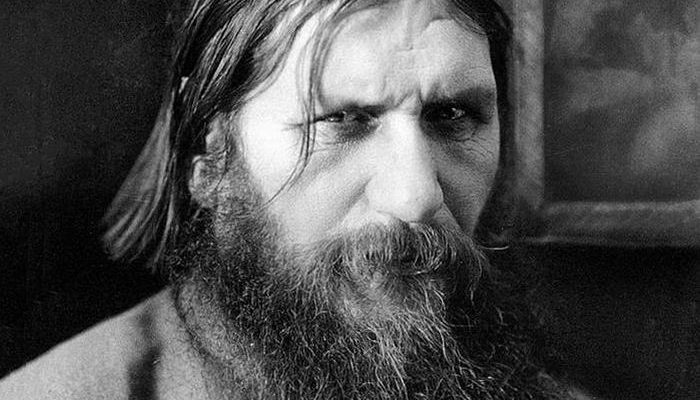Grigori Rasputin is one of the most infamous, enigmatic and little-understood figures in modern history. Was he a real monk? Did he have special healing powers? Could he hypnotise a person just by looking at them with his wild eyes? A favourite of Russian Tsar Nicolas II’s family, this connection gained him considerable influence and power which is what ultimately led to his downfall.
Converting to being a religious holy-man after a fantastical experience at a local church, he wandered Russia following his religious calling before becoming part of the Royal Family’s inner circle. Here’s ten interesting things we do know about the man they called ‘Rasputin’:
10 – He Had a Hit Song Named After Him
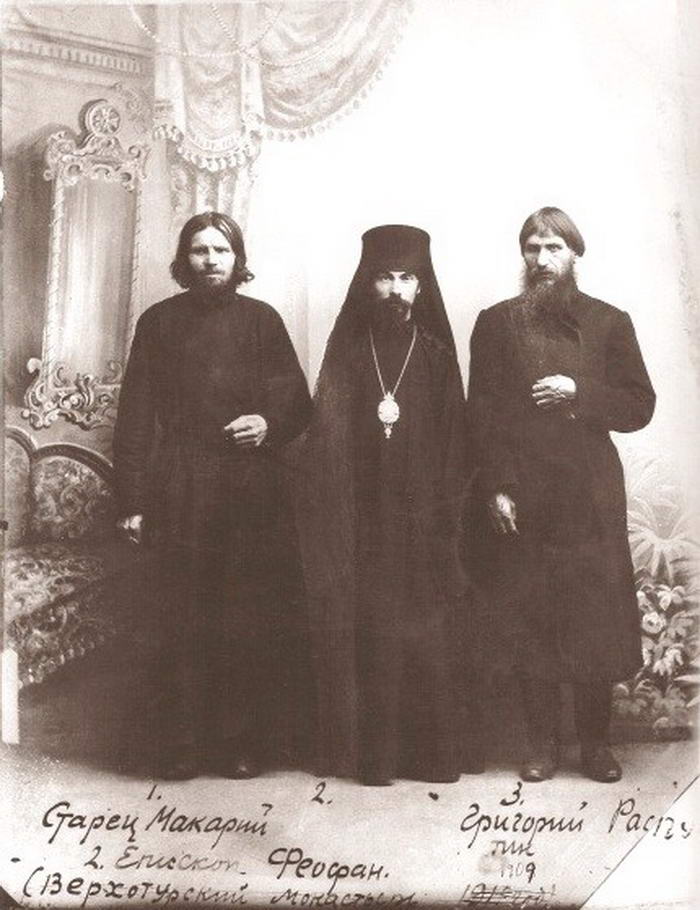
09 – After Death His Body Was Dug Up And Burnt
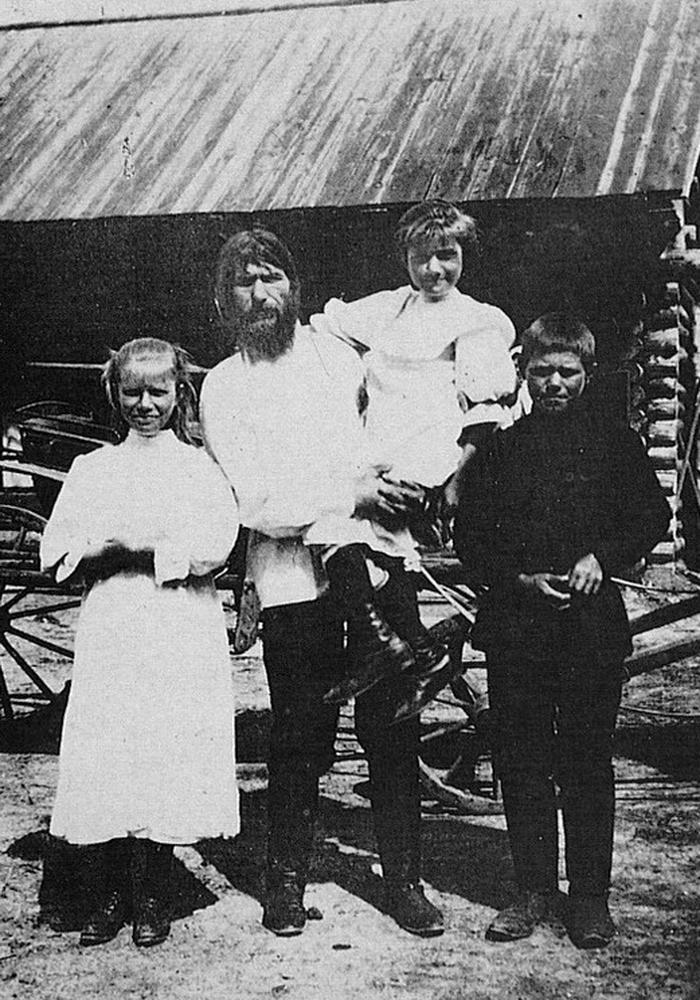
08 – He Romped His Way Through High-Society
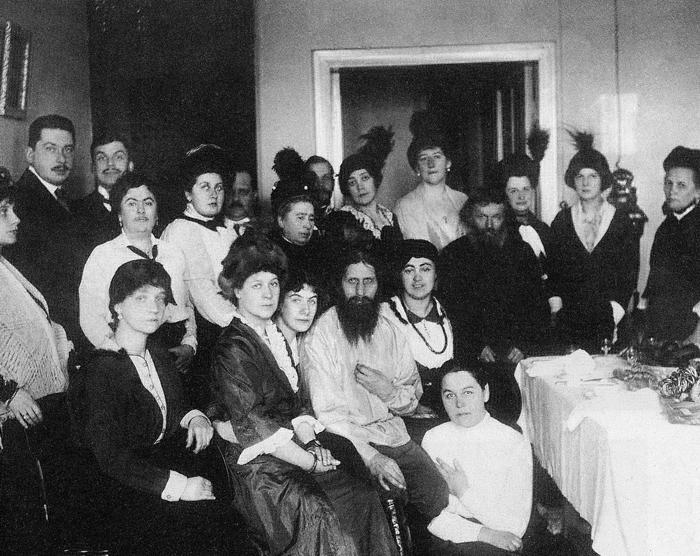
07 – He Had A Wife
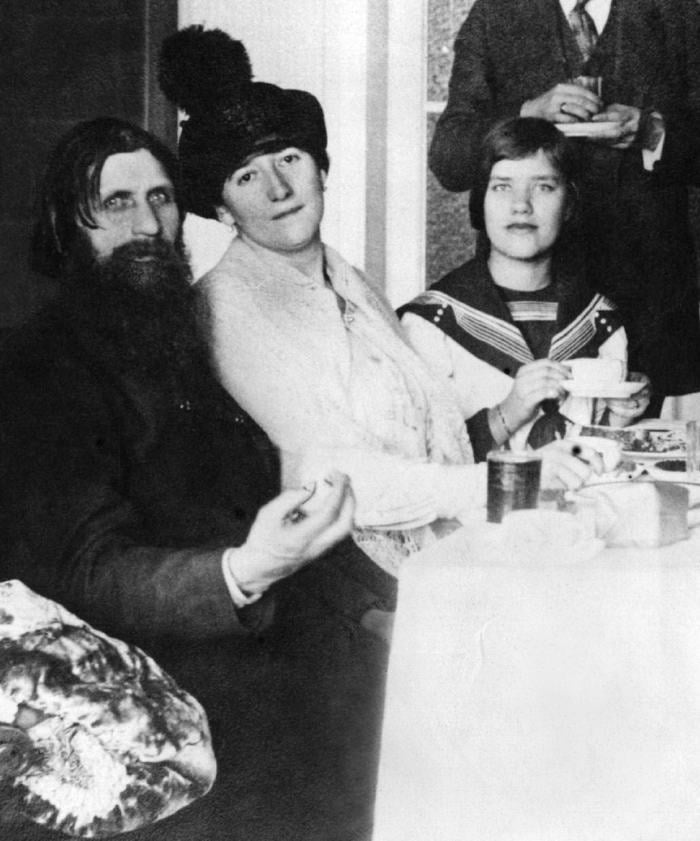
06 – He Had An Affinity With Animals
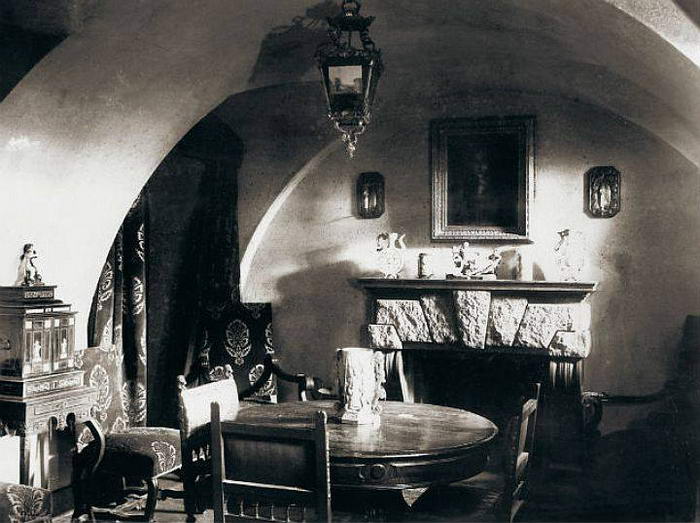
05 – He Effectively Took Charge Of Russia During WW1
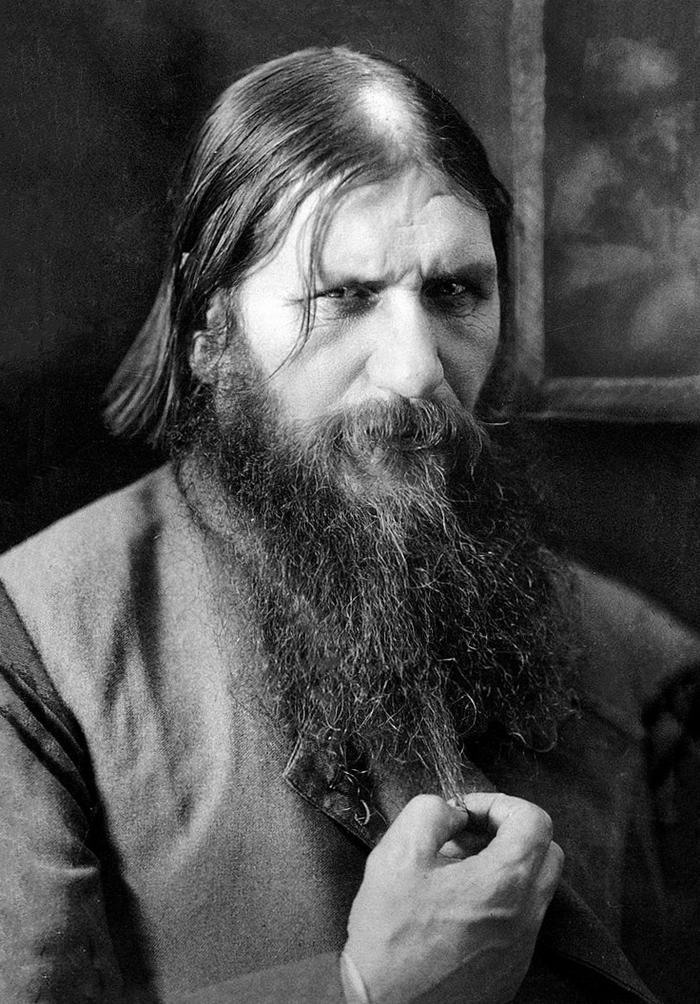
04 – He Advised Against Russia Entering WW1
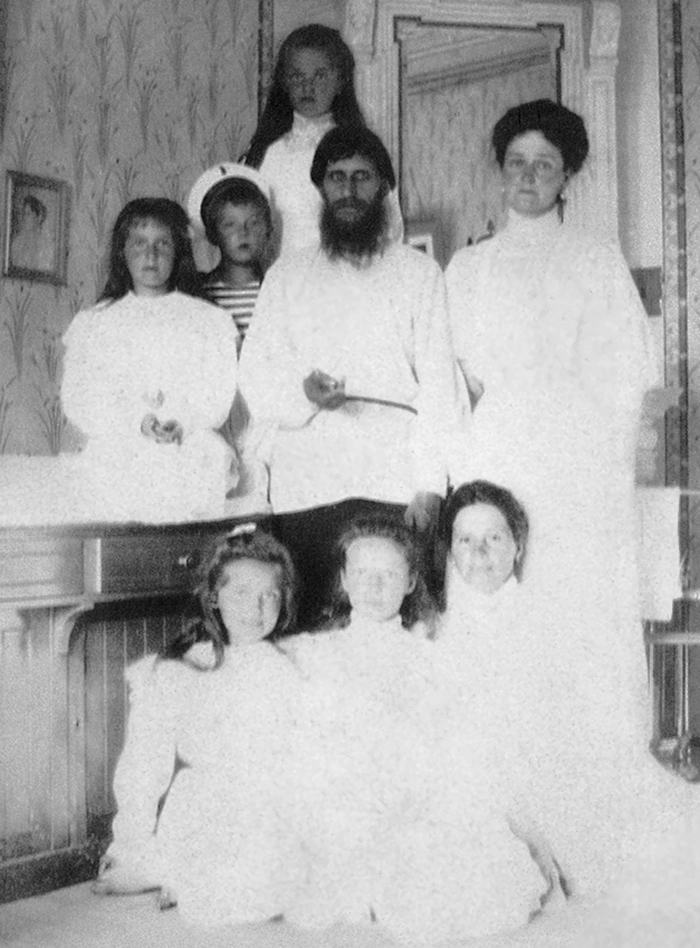
03 – He Prophesised the Fall Of The Russian Royal Family
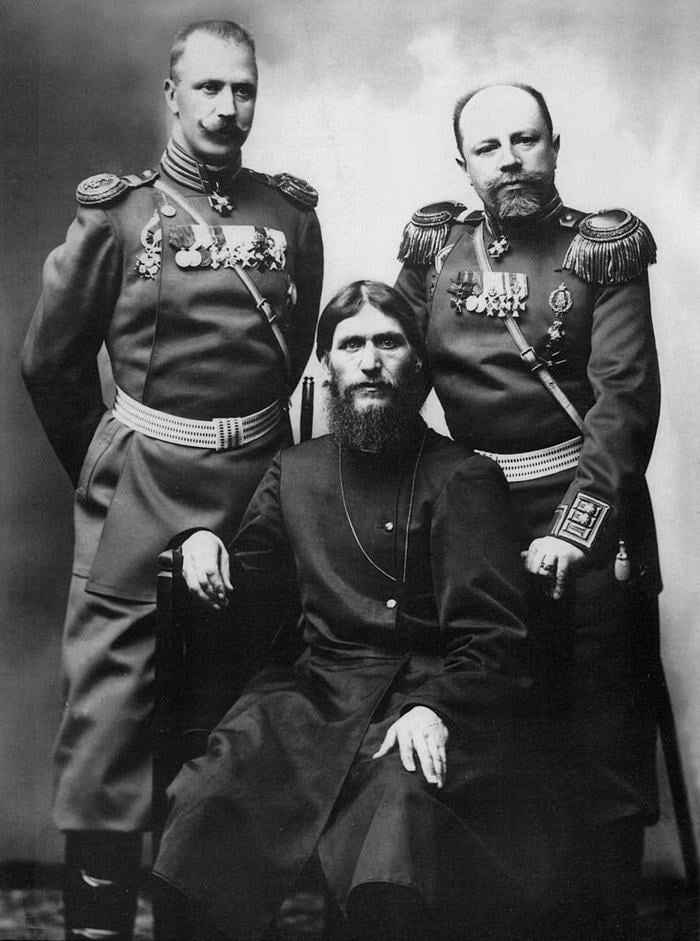
02 – He Stunk Like A Pole Cat
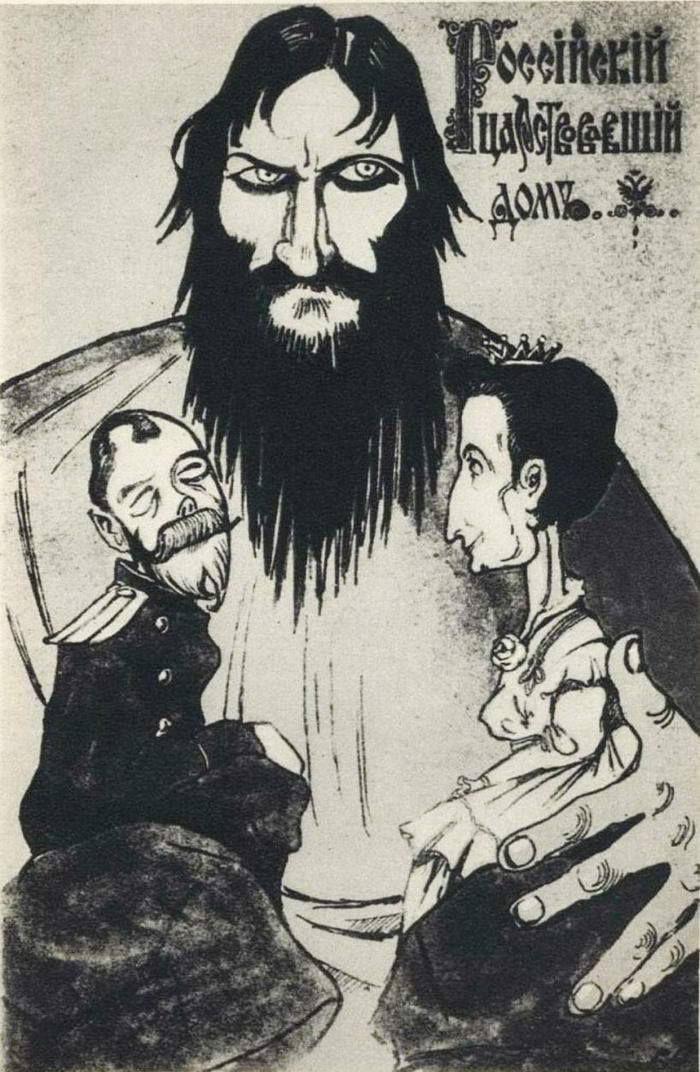
01 – He Was Poisoned, Shot, Stabbed And Beaten Before Dying
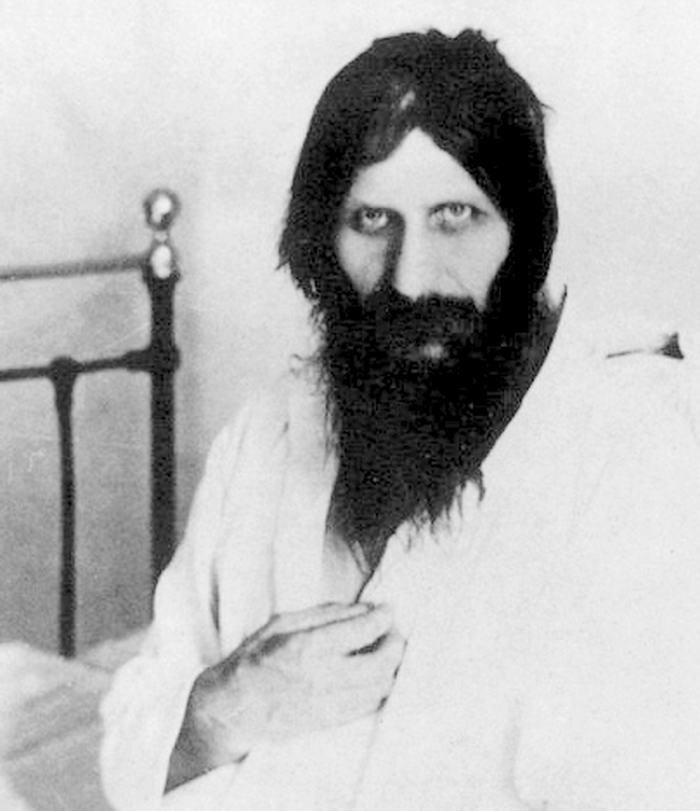
In the recent history of Russia, and indeed the world, there have been fewer more intriguing and unusual figures than Rasputin. With his other-worldly powers, healing hands and stark prophecies he was a figure that fascinated at the time and still does now. It seems that time only makes his legend grow and the actual facts we know about him retreat into the shadows as the more lurid tales of his life take centre stage.
The Mystical Practices of Grigori Rasputin: An Insight into Russian Folk Healing
Grigori Rasputin, a name synonymous with mystery and intrigue, remains one of the most enigmatic figures in Russian history. His influence over the Romanov family and his alleged supernatural abilities have sparked numerous discussions and theories. However, one of the lesser explored aspects of Rasputin’s life is his engagement with Russian folk healing practices. This exploration sheds light on the traditional methods that contributed to his reputation as a mystic and healer, offering a deeper understanding of his complex character.
The Roots of Rasputin’s Healing Techniques
Rasputin’s healing methods were deeply rooted in Russian folk traditions, which have been a part of the country’s cultural heritage for centuries. These practices often blend spirituality with natural remedies, emphasizing the balance between the physical and the spiritual world. Rasputin’s approach was no exception, as he integrated prayer, meditation, and the use of herbs and water into his healing sessions. His belief in the power of faith and the natural world to cure ailments was central to his method.
The Role of Faith in Healing
Rasputin’s effectiveness as a healer was largely attributed to his profound faith and the charismatic way he conveyed it. He often emphasized the importance of spiritual purity and repentance for physical healing to occur. This approach resonated with many, especially in a deeply religious society. His practices included:
- Prayer sessions aimed at invoking divine intervention for the sick.
- Rituals that combined Orthodox Christian practices with local superstitions, enhancing his mystical appeal.
Rasputin’s Legacy in Folk Healing
Rasputin’s life and death are surrounded by controversies. Yet, his engagement with Russian folk healing practices underscores a vital part of Russia’s cultural and spiritual essence. His methods, while often viewed with skepticism, underscore the significance of traditional healing in Russian history. Rasputin’s legacy in folk healing is characterized by:
- A blend of spiritual and natural healing practices that reflect the rich tapestry of Russian folklore.
- The enduring fascination with alternative healing methods and the mystical, which continues to captivate the imagination of many.
In conclusion, Grigori Rasputin’s association with Russian folk healing provides a fascinating glimpse into the holistic approaches to wellness that were prevalent in early 20th-century Russia. His reliance on faith, prayer, and natural remedies, while controversial, underscores the deep-seated belief in the power of the spiritual to effect physical healing. Understanding these practices provides valuable insights. They reveal the complexities of Rasputin’s character. They also illuminate the historical context in which he operated. This enriches the narrative of this intriguing figure in Russian history.
The Enigmatic Demise of Grigori Rasputin: A Tale of Conspiracy and Mystery
Grigori Rasputin’s death is as mystifying as his life. And marked by a series of events that seem straight out of a thriller novel. His assassination on December 30, 1916, was the culmination of a conspiracy by Russian noblemen, including Prince Felix Yusupov and Grand Duke Dmitri Pavlovich, who saw Rasputin’s influence over the Tsar and his family as a threat to the empire and its aristocracy.
The Night of the Assassination
The plot to kill Rasputin involved luring him to Yusupov’s palace with the promise of meeting his wife, Irina. The location was the palace’s cellar, which had been prepared in advance to muffle any sounds of the struggle that was anticipated to ensue. Yusupov and his co-conspirators had planned to poison Rasputin, serving him cakes and wine laced with cyanide. Despite ingesting a lethal dose of poison, Rasputin showed no immediate signs of distress, leading to a frantic escalation of their plan.
A Murder Turns Gruesome
As the poison seemed ineffective, Yusupov retrieved a revolver and shot Rasputin, who then collapsed. Believing Rasputin to be dead, the conspirators briefly left the scene only to return and find signs that Rasputin was still alive. This led to a series of further attacks, including more gunshots, and eventually, Rasputin’s body was thrown into the freezing Neva River, where he ultimately met his demise. The autopsy reports were controversial and contradictory, with some claiming evidence of water in his lungs, suggesting that he was still alive when submerged.
The Impact of Rasputin’s Death
Rasputin’s assassination did little to save the Romanov dynasty. Instead, it added to the aura of scandal and mystique that surrounded him. His death symbolized the deep divisions within Russian society and the desperation of the aristocracy to retain power in the face of revolutionary change. The event has been subject to extensive speculation and has inspired numerous books, films, and theories, reflecting the enduring fascination with Rasputin’s life and the dramatic circumstances of his death.
Historians have long debated the details of Rasputin’s death. The failed poisoning, multiple gunshots, and his eventual drowning are key points of discussion. These aspects of his demise continue to captivate interest more than a century later. Sources such as Britannica offer comprehensive accounts of the night’s events, piecing together the testimonies of those involved and subsequent investigations.
Rasputin’s death marked the end of an era and foreshadowed the tumultuous changes that would soon engulf Russia. His life and death continue to captivate the imagination, serving as a reminder of the complex interplay of faith, power, and politics in the twilight of the Russian Empire.


